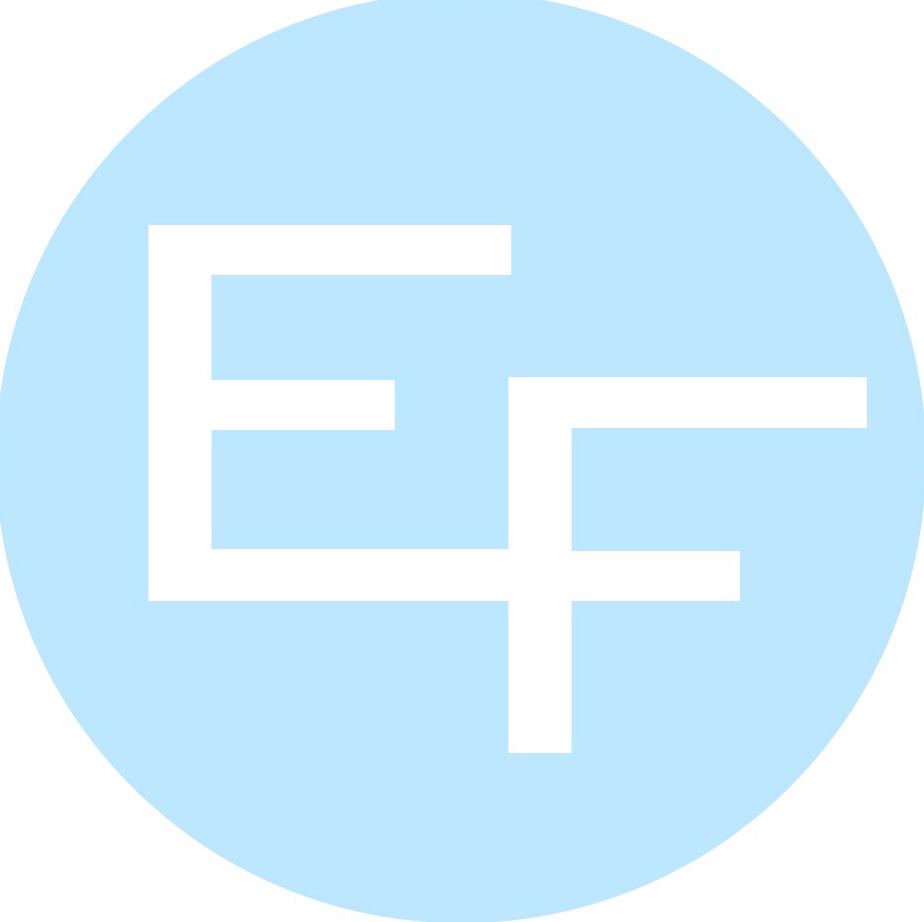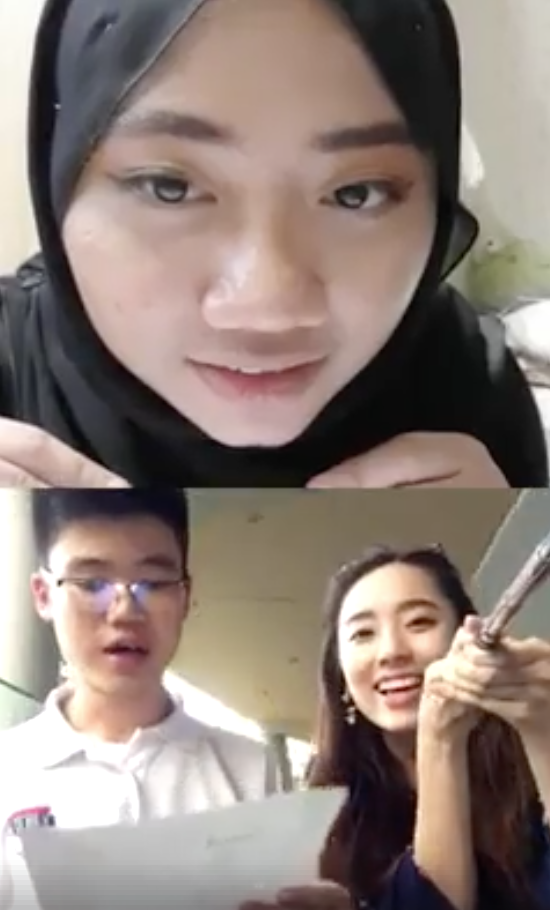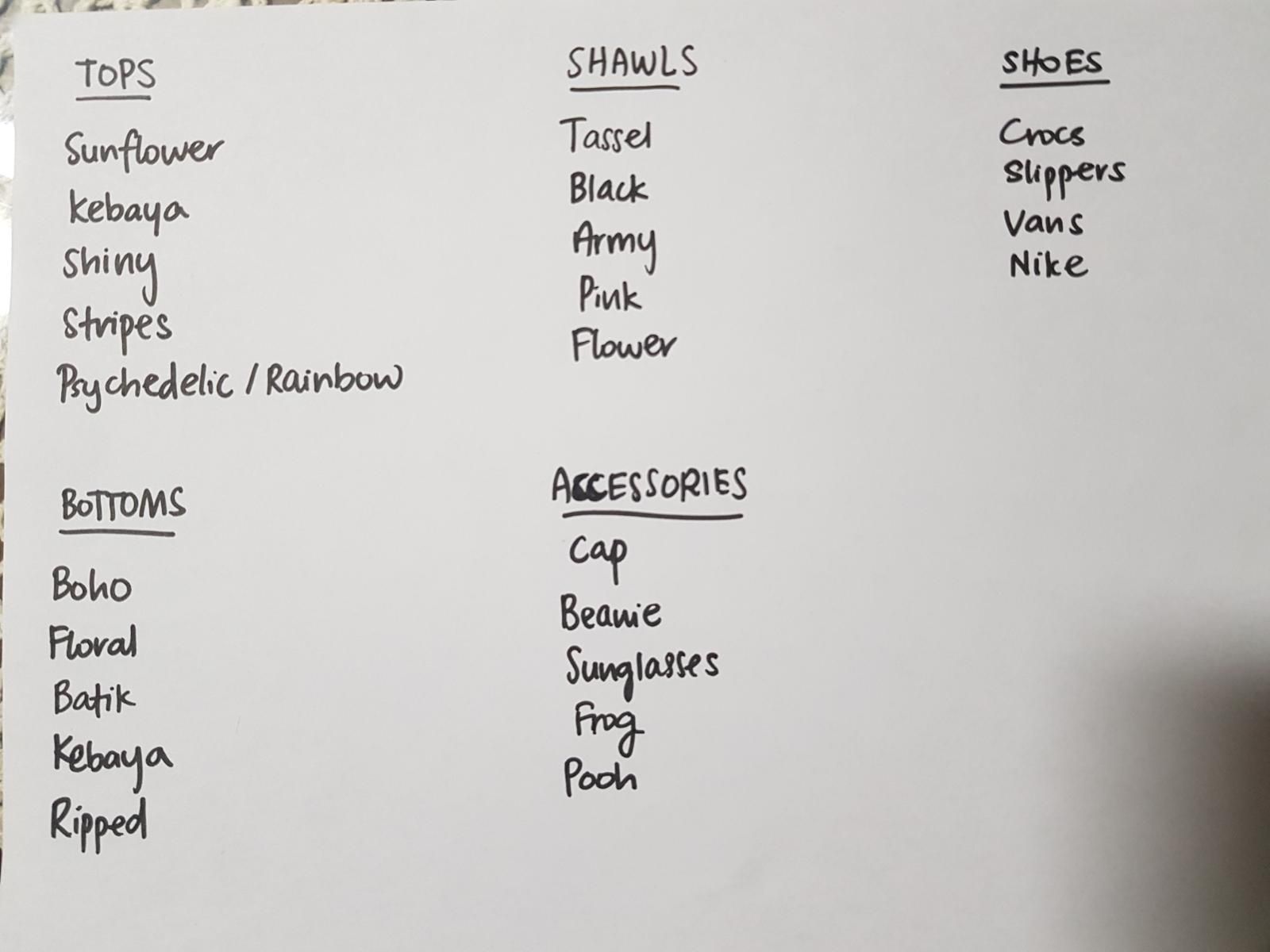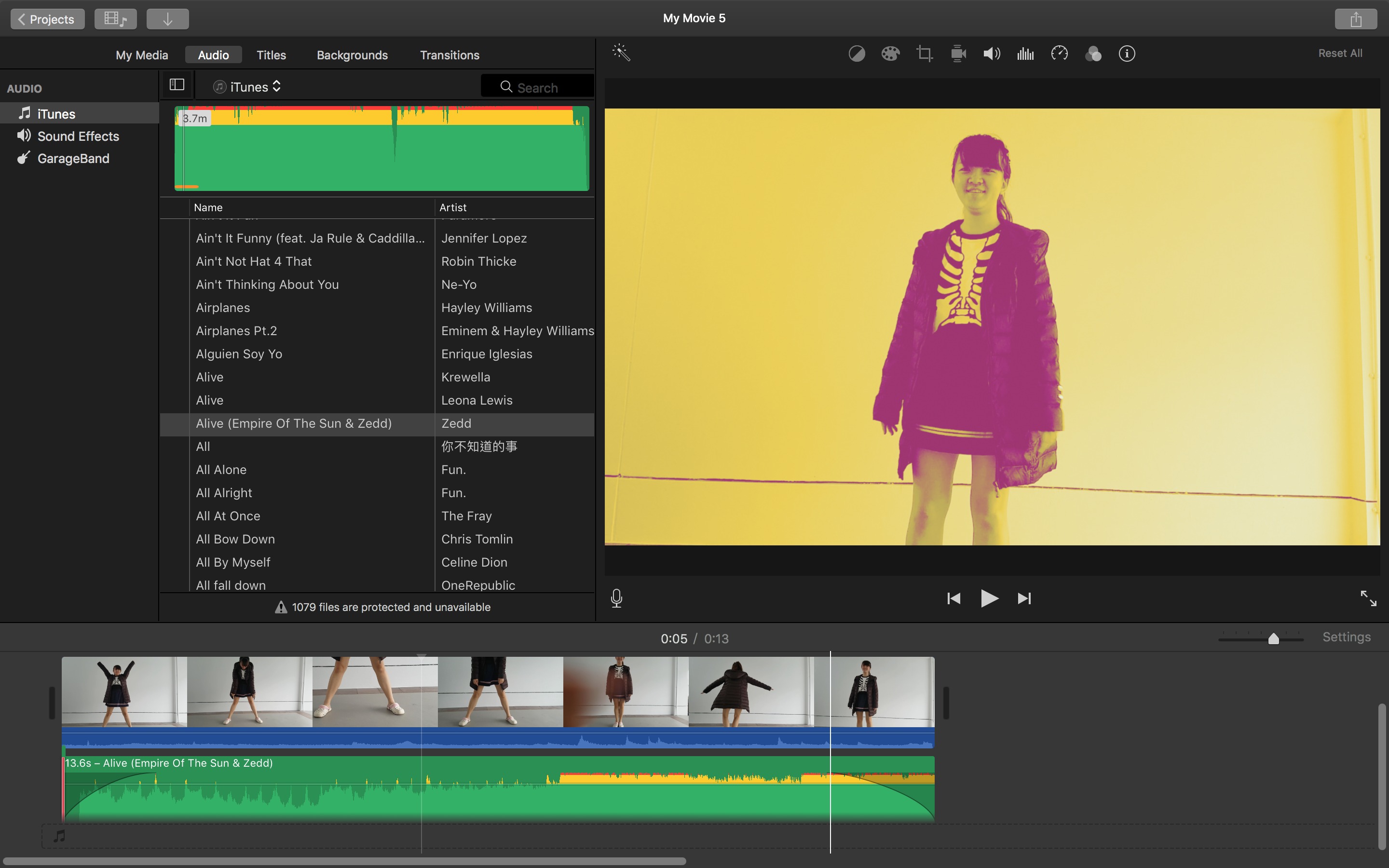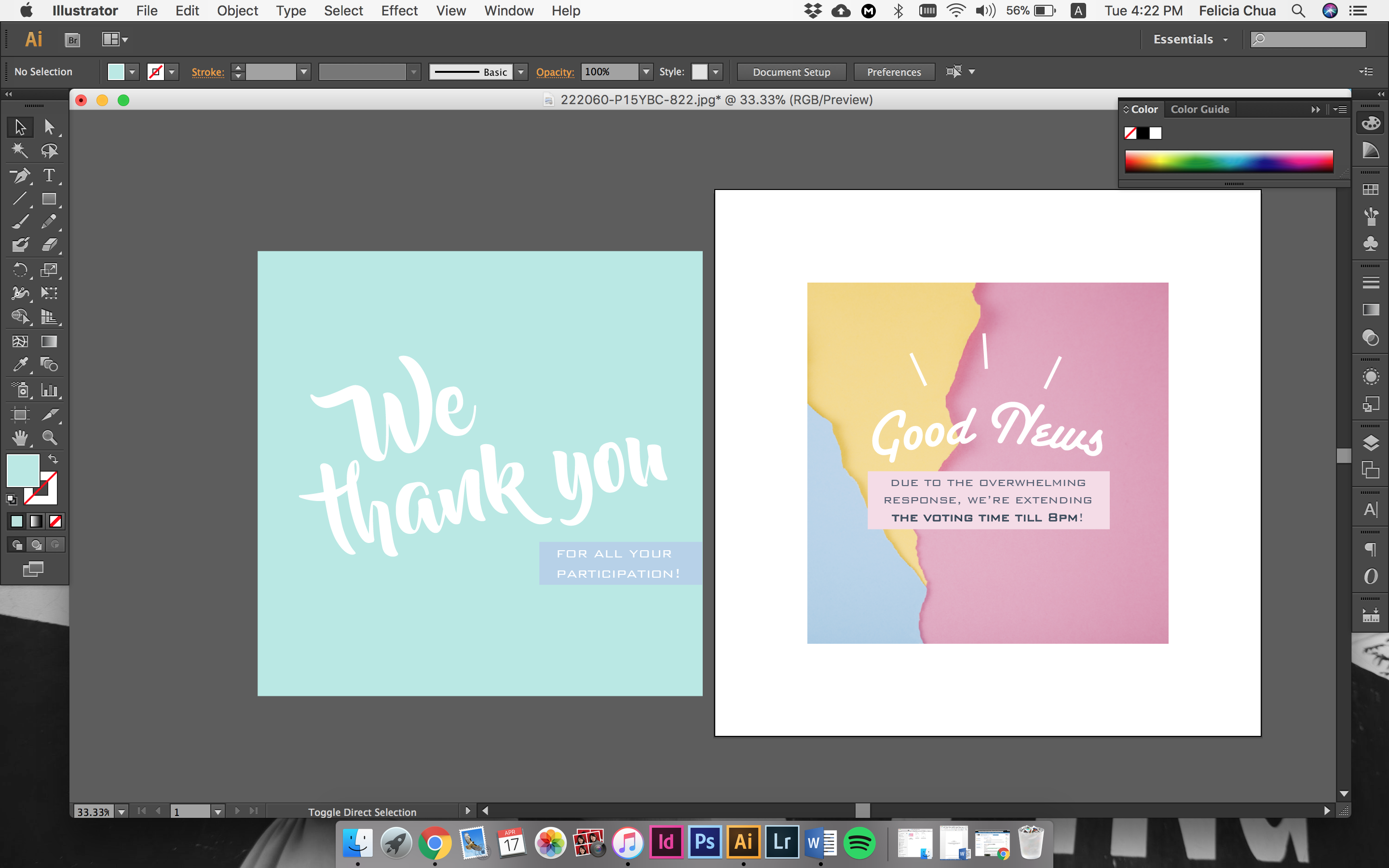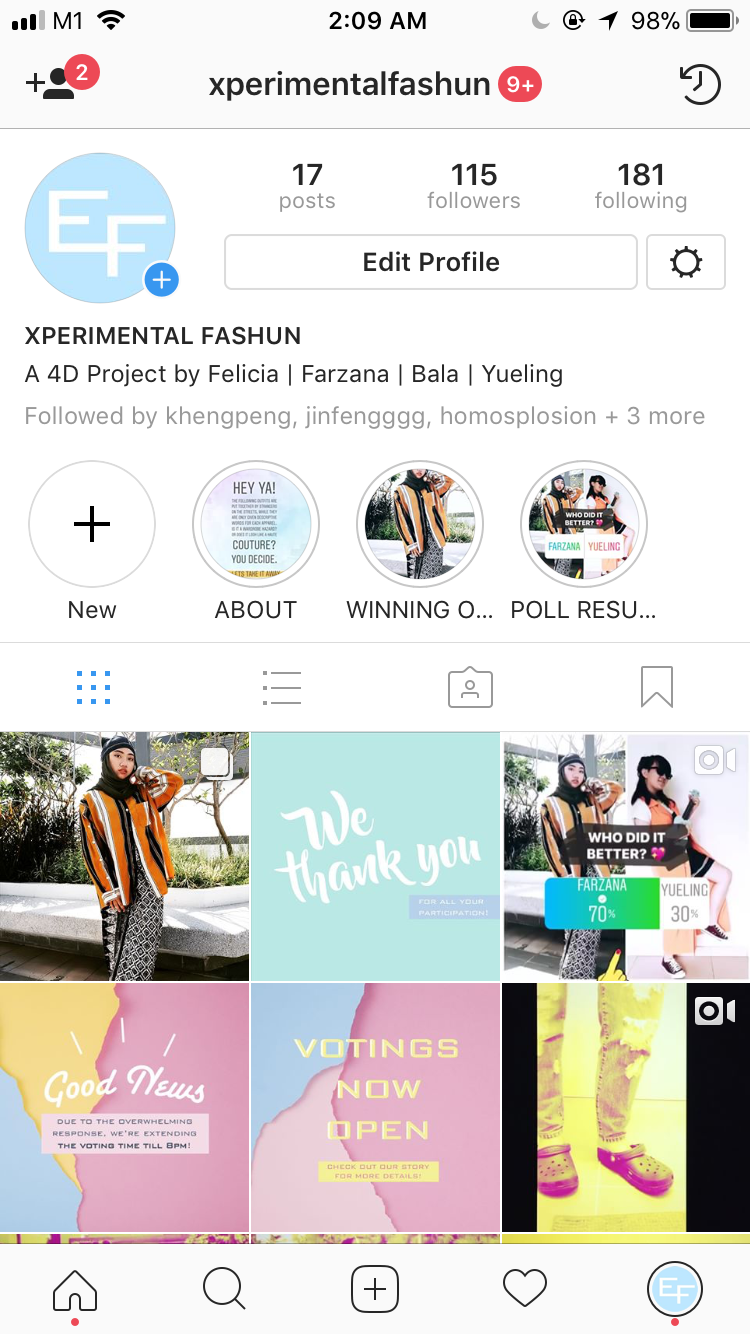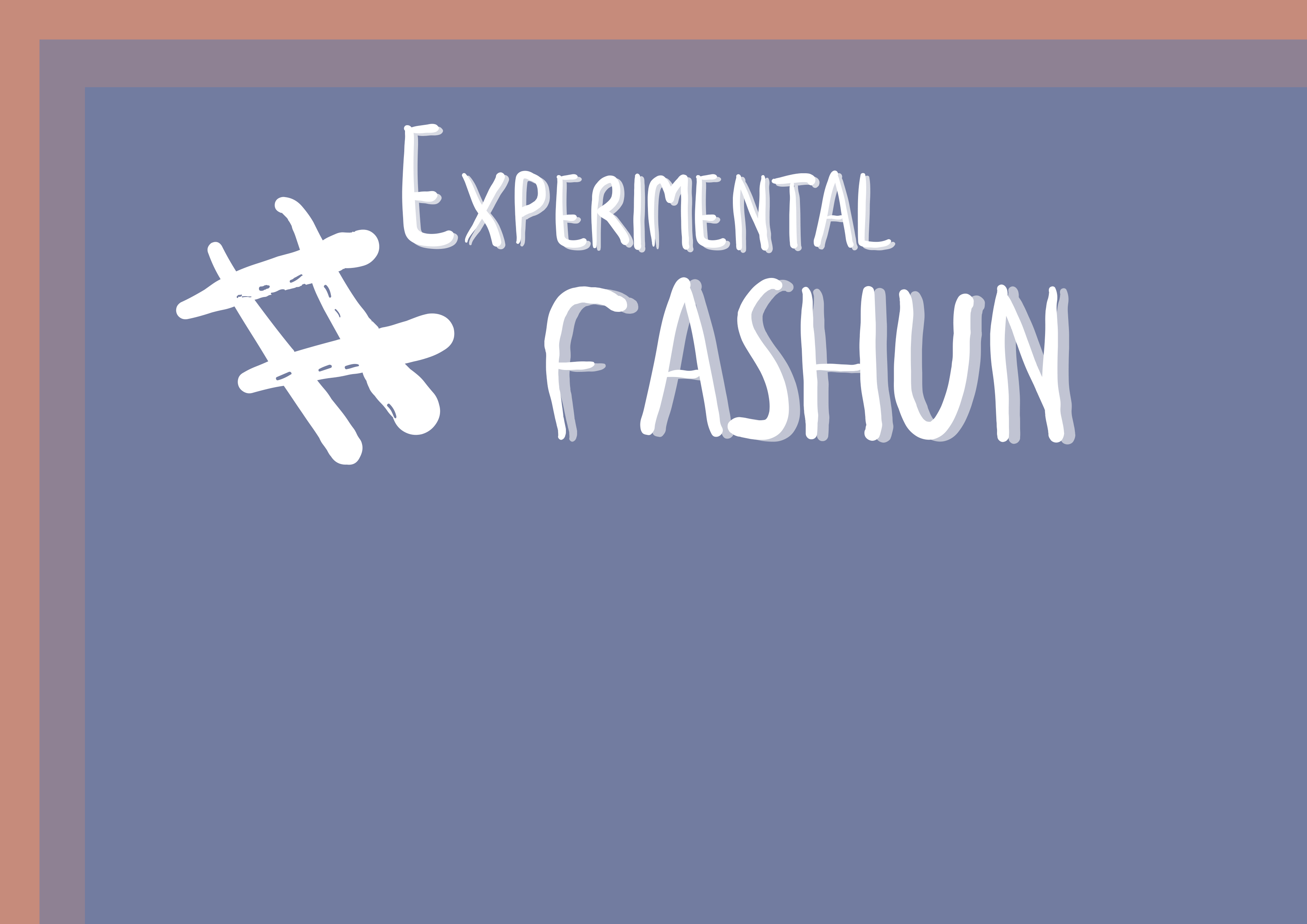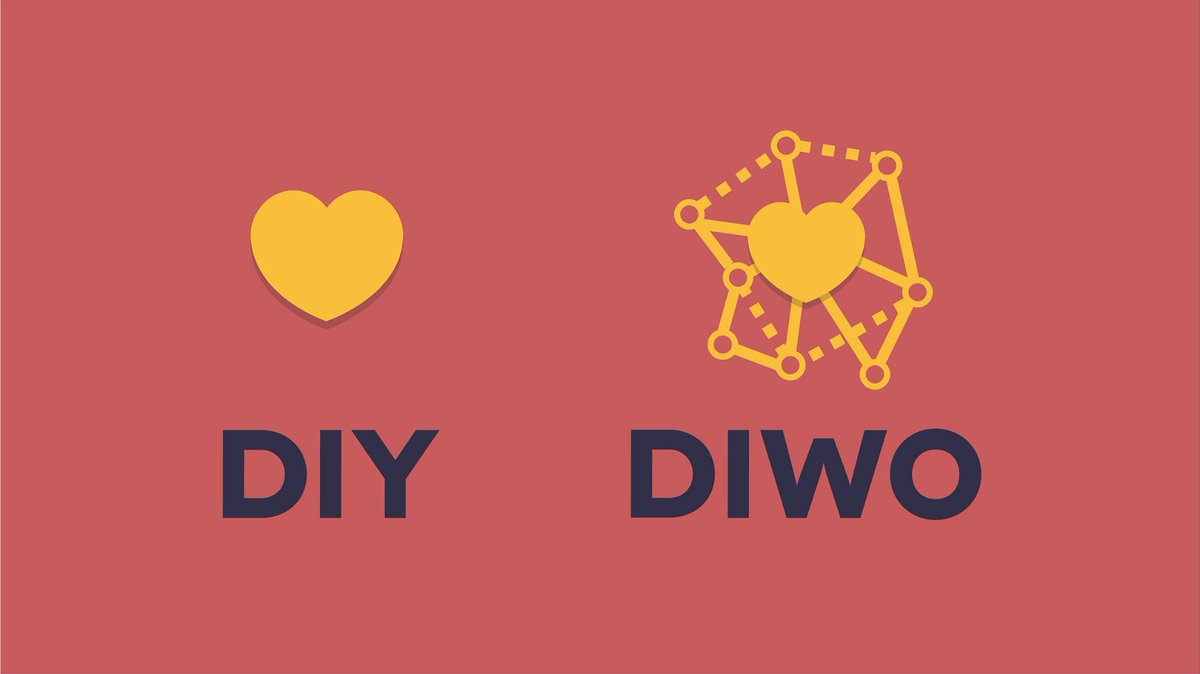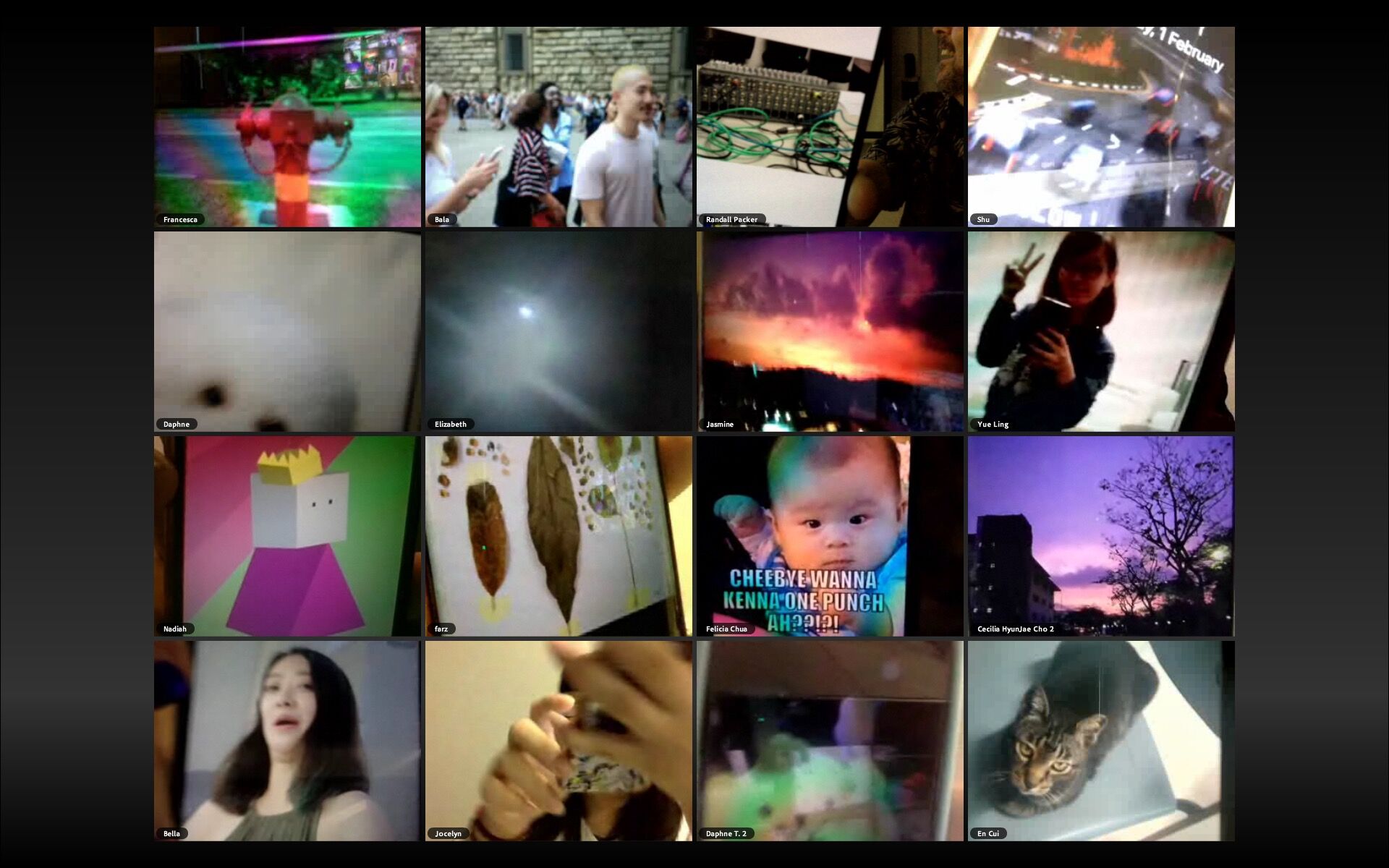TEAM #XPERIMENTALFASHUN:
A Social Project by: Bala, Farzana, Felicia and Yue ling
General Description, Narrative, Concept:
To break down the whole idea, here are 5 distinct steps as to how the social experiment was carried out:
1) We will be split into pairs to complete a task. Among the pair, there will be an interviewer and a model. The interviewer is required to hit the streets of Singapore and get participants to pick out a whole set of the outfit based on just adjectives. e.g. red, baggy, indie, stripes. While on the other hand, the model will be on the other end of the screen as she takes note and preps herself for the chosen outfit
2) A piece of paper indicating the list the of apparels will be given to the participants to take the pick. Rule: Participants have to be of either different age groups/ethnicity/gender
3) A total of 4 participants will be required from each pair. 2 of each participant have to be found in different districts. e.g. Little India & Chinatown/Bras Basah complex & SMU (It should show a stark contrast between the demographics)
4) Since the participants are only given adjectives and not visuals of the image, they are supposed to come up with the most experimental and mismatched outfits possible through the 5 categories – TOPS BOTTOMS SHOES ACCESSORIES & SHAWL
5) To conclude the game, our models with have to do a fashion runway walk and this image/video will be uploaded on to Instagram for our viewers to vote with a hashtag of #EXPERIMENTALFASHUN
We placed a huge emphasis on the idea of DIWO through making use of strangers on streets to help with the completion of our project. Each of the individual strangers contributes to the making of our final work: A Ratchet Outfit (!!!) What is interesting is that we can only anticipate the end result, and everything was beyond our control. This was one huge aspect of our project as we let it free fall and then see where we land.
With the use of the social broadcasting platform such as Facebook live, the whole interview was carried out through with the means of a split screen camera as the interviewers (Bala and I) hit the streets to hunt for some spontaneous locals. Our models (Farzana and Yueling) were on constant standby with their pile of clothes on the other end of the camera.
The highlight of this social experiment is the lack of visuals and descriptions for the participants. They had completely no idea how the clothes looked like, except for 1 or 2 descriptive words to help them piece up the visuals.
Here is the breakdown of destinations between the interviewers – Bala and I
Bala: Sim Lim Square, Bugis Street
Felicia: Bras Basah Shopping Complex, Lasalle College of the Arts, Singapore Management University (SMU), Nanyang Academy of Fine Arts (NAFA)
As seen from the very contrasting locations, our intention was to reflect the opposing taste/idea on fashion. For example, over at Bras Basah, we expect to find an older bunch of people, whereas over at the campuses (NAFA, Lasalle, SMU) we would rub shoulders with a lot more youngsters. Hence, the expected outcome should reflect the difference in creativity level and safeness when it comes to the pairing of statement clothing.
The main aim of this experiment is to put emphasis on the unpredictable quality of online shopping. Remember when you ordered a piece of apparel from an online store but it came looking like nothing you’ve expected? That anger and rage from the stark difference in quality and fit, the mismatched descriptions and measurements we see from dodgy, substandard websites?
This social initiative aims at highlighting the unpredictability of online shopping, as people pick out and put together their “best intended” outfit for the model but ultimately a complete haywire.
How was the Project made:
Pre-production phase: A narrative/an idea is being strengthened by the team so we have a clear heading. Then, the models came up with a series of flamboyant clothing and have them draft in a list.
Production: The interviewers will then make use of the list and hit the streets and grab as many demographics/ethnographic as possible. While doing so, the whole procedure was being broadcasted on Facebook live, making it viewable among all our connections no matter their geographic location. The recorded live footages will also serve as clips/snippets for our 5 minutes’ video edits. During then, the models will take note of the specified outfits.
Post-production: The models are required to perform a “walk” in the chosen sets of outfits, these will serve as a teaser on our Instagram account. I then edited the social media contents and have our followers vote for the best set of outfits. A 5-minute edit will also be produced at this stage.
Unexpected elements resulted during the location performance:
There were A LOT of rejections on the streets, way more than I imagined. Despite having a clear agenda, people refused to have their face on a live broadcast platform such as Facebook. It took me a lot longer to fulfil the minimum criteria of participants. Also, our team expected a crazier outcome in terms of the outfit coordination but people on the street took the “styling mission” a tad bit too seriously and went full steam to pick out the most “matchy” combination. This aspect was largely unexpected and was beyond our control at the same time. However, the project still worked since it’s a participatory
How was it influenced by Blast Theory and DIWO:
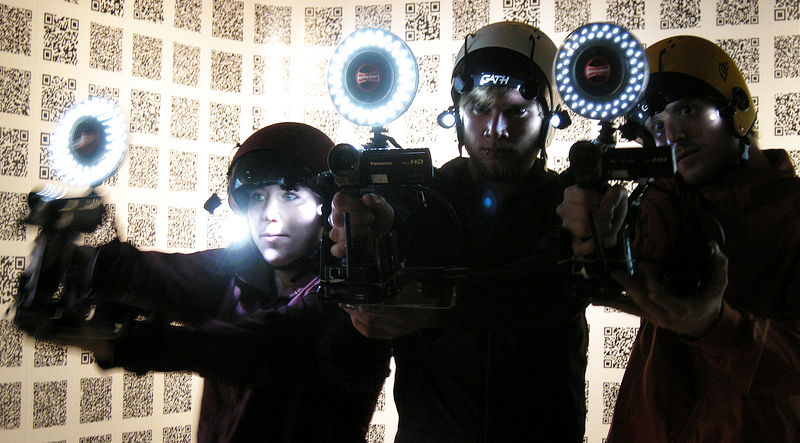
cr: http://blogs.brighton.ac.uk/digitalcities/2016/04/17/urban-gaming-the-future-of-saturday-night-tv/
XperimentalFashun is influenced by Blast Theory’s collaborative framework, in a sense we engaged the public for help to complete a mission, resulting in thoroughly unpredictable outcomes. The project wouldn’t have been possible without each and every participant’s input. Also influenced by Furtherfield’s focus on DIWO (Do-It-With-Others), it is pretty self-explanatory as to how the outcome is highly dependent on the participation of the masses.
In an overview, the result that we gathered showed that the outcome of the outfits differs greatly with the participant’s ethnographic, psychographic and demographic backgrounds. The current Millennial tend to gravitate towards a monochromatic outcome whereas the older generation tends to pick articles of clothing with bolder colours. We can infer that a certain style is accompanied by a specific group of audience.
The curation of our project allows participants to gain full control of the outcome, in which there is nothing the interviewers or models can do to interfere with the end result. Similar to some of the performance artists that employed the concept of collaborative artwork like Ken Goldberg’s Telegarden and Yoko Ono’s cut piece, the final outcome is entirely decided and controlled by the participants – Hence to say, this social experiment tested out the boundaries of social practice and ‘Doing-it-with-others’, by entitling the curator of our art piece to be none other than our audience. This way, every participant is involved in a community that helps contribute to the artistic end product of this piece of artwork name XperimentalFashun.
Play video here:
https://www.dropbox.com/s/dscw9ljl2ncnhpk/main_FINAL.mp4?dl=0
